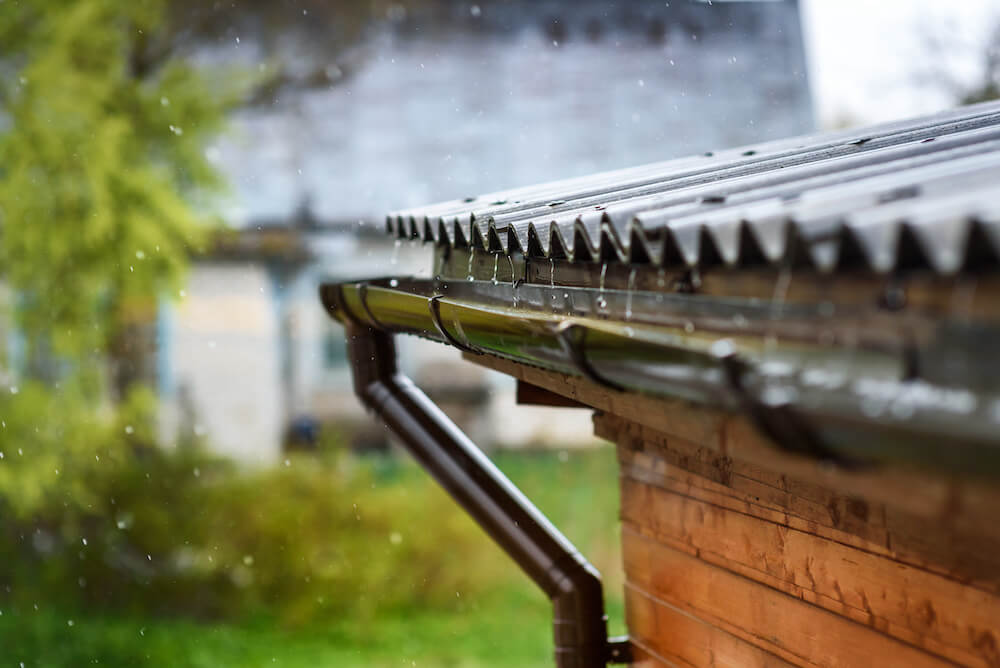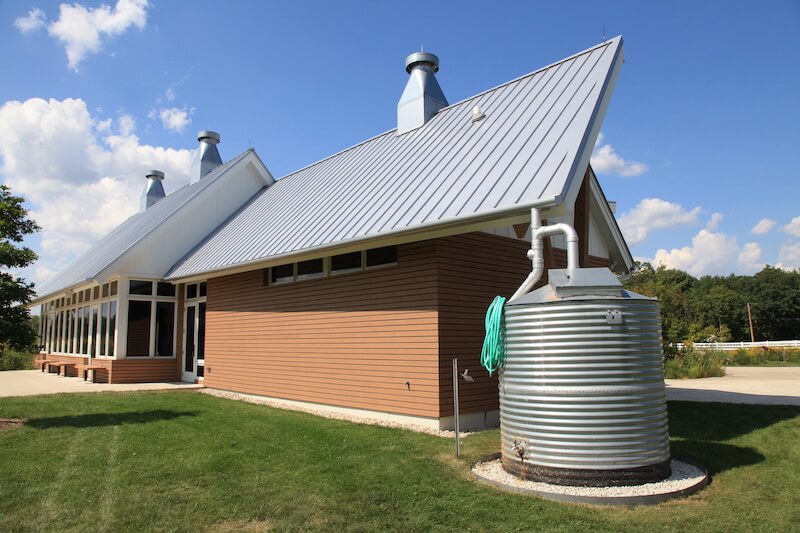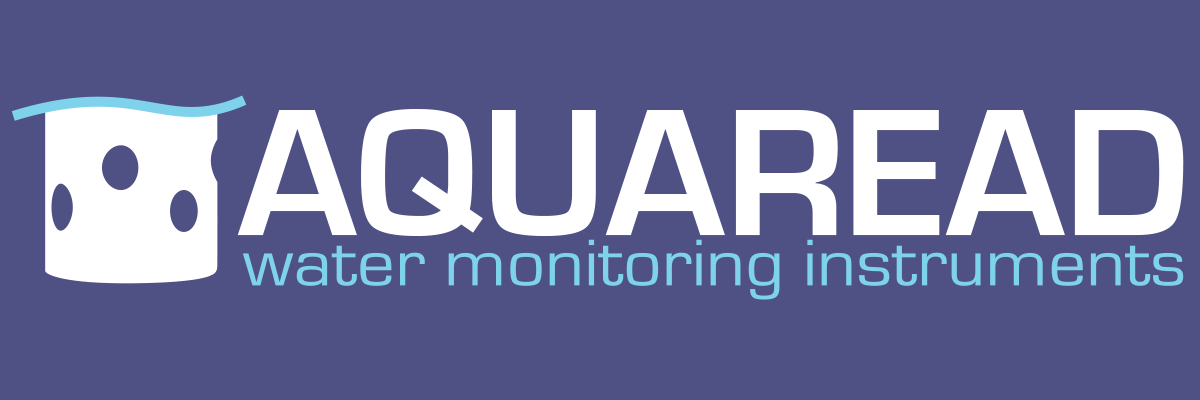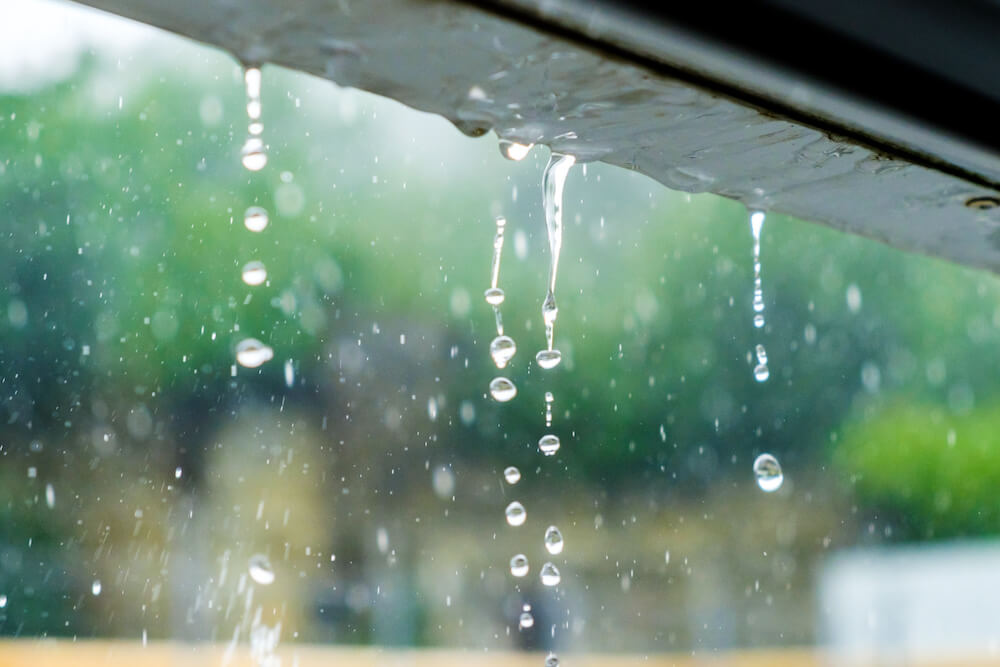Water — it makes up 60% of the human body and 71% of the Earth’s surfaces.
We need it to sustain all life on this planet we call home, and in most countries, we’re accustomed to being able to get it straight from the tap to drink, clean, and water crops. Failing that, a well, spring, or even a bottle from the shop provide us with this much-needed resource.
But how often do you think about rainwater, its part in the environment, its uses, and whether it’s drinkable? Let’s start right at the source.
How does rainwater form?
Heat from the sun evaporates water from the Earth’s surface (from plants, lakes, rivers, oceans, and ice) into the atmosphere. The vapour then condenses into clouds, and in order to do so, the vapour needs a solid to grip onto – a speck of dust or pollen does the job.
When the cloud gets dense and the water droplets grow large, they fall to earth as rain. This process is called precipitation.
What does rainwater contain?
As a result of this process, rainwater is inherently dirty. It needs that condensation nucleus — that dust, soot, or flake of salt — in order to form and fall.
This is precisely why you’ll have probably noticed that, from time to time, the rain on your window leaves streaks of dust. It goes, after all, on a long journey to get to you.
This means that, aside from its original composition, rainwater contains particles of whatever it has passed through before reaching its final destination.
As for its original composition, rainwater is a mixed electrolyte containing varying amounts of minor and major ions. Clean rain usually has a pH level between 5 and 5.5, while acid rain (rainwater combined with sulphur dioxide or nitrogen oxides) has a pH value of 4.
Can you drink rainwater?
As a child, you may have looked up at a drizzly sky, stuck your tongue out, and asked your parents if you can drink rain water. You might have wondered the same thing as an adult interested in the water crisis and eco-friendly practices.
It’s interesting to note that, while much of the discussion around rainwater is about how clean it is at the source, our drinking water is not necessarily clean at the source either. Generally speaking, 1 in 3 people don’t have access to clean drinking water and, even in countries where we do drink tap water, contaminants are often present.
Paracetamol, microplastics, and even lead from petrol all eventually make their way into our precious water sources. Read our blog about the future of water to learn more.
As for rainwater, various factors impact how clean it is — such as the air pollution levels of the geographical area, where it falls, and how you process it.

To ensure rainwater that’s harvested is generally clean, it’s important to maintain and clean the surfaces it falls onto and the pipes it travels through, as well as the places it is stored.
Certain bacteria, viruses, and parasites can be eliminated by boiling the water, but that’s not typically enough to ensure it’s safe to drink. In order to make rainwater potable, it has to be regularly treated and tested properly using an intricate system of filters, ultraviolet light, and chemical treatment. This can end up a little pricey!
How can rainwater be used for good?
There are so many uses for rainwater other than for drinking. Generally speaking, rainwater can be used to water plants, flush toilets, clean cars, and for irrigation.
In commercial settings, a number of businesses around the world are seeing the benefits of rainwater harvesting for reducing bills and amping up their sustainability efforts. In fact, it can reduce your water usage by as much as 40%!
Take a look at H2O Building Services’ list of 5 UK businesses making the most of rainwater.
What’s more, the simple act of harvesting rainwater can help reduce localised flood risks, particularly where overstressed drainage systems cannot handle flash floods. Such flooding events are increasing in occurrence due to climate change.
Overall, less reliance on groundwater and aquifers can only be a good thing!

How do you test how clean rainwater is?
For a simple at-home test of the pH of rainwater, you can use pH strips easily.
But for a more in-depth test of the quality of water for commercial, industrial, and environmental purposes, you will need to use water quality monitoring equipment. Depending on the parameters you would like to test for, you can use a water quality probe to see just how clean your water is! View our range of products here or get in touch.

